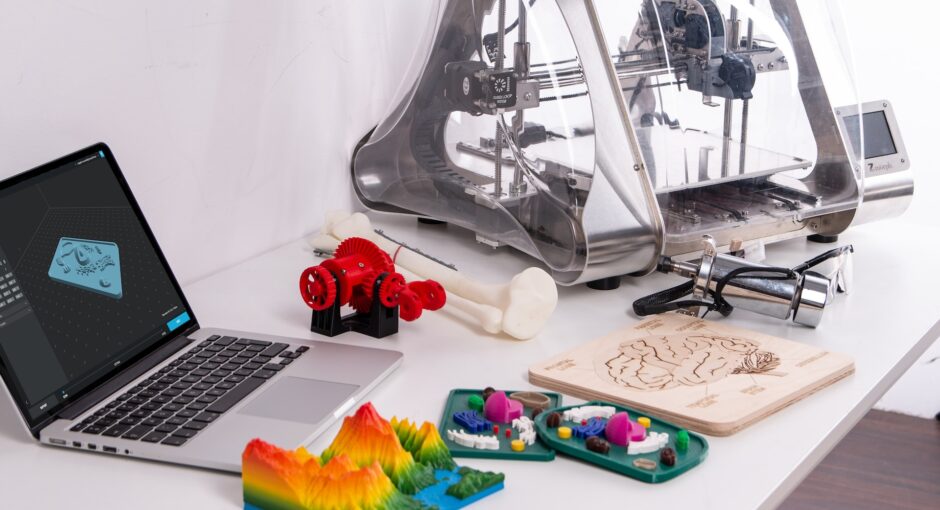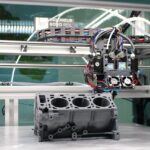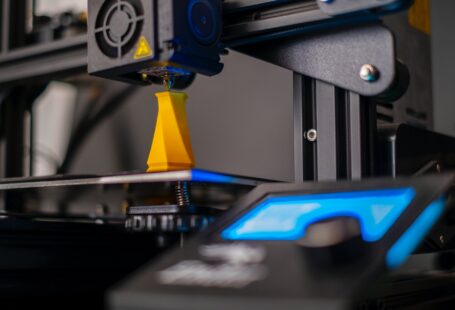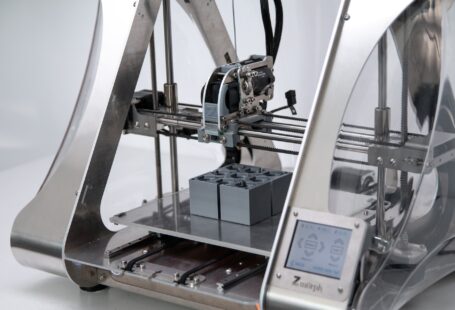Material Consistency is a major factor in 3D printing, and it plays a key role in many aspects of the production process. From the initial design to the final product, ensuring that the material used is consistent is essential for producing high-quality prints.
What is Material Consistency?
Material consistency is the uniformity of the properties of a material, such as its physical characteristics and chemical composition. In 3D printing, it is important to ensure that the material used is of a consistent quality and that the properties of the material are the same across all layers of the printed object. This ensures that the 3D printed object is of the highest possible quality and that it can withstand the rigours of use.
The Benefits of Material Consistency
Material consistency is important for a number of reasons. Firstly, it ensures that the 3D printed object is of the highest quality, as any inconsistencies in the material used can cause defects or flaws in the finished object. Additionally, it helps to ensure that the object is durable and able to withstand the rigours of use.
Material consistency also helps to ensure that the 3D printed object is of the same standard throughout, which is essential for producing a quality end product. If the material used is inconsistent, then it is likely that the object will not be of the same standard throughout and may have weak points or other flaws.
Finally, material consistency helps to reduce the cost of production. If the material used is of a consistent quality, then it is likely that the cost of production will be lower, as it is easier to produce a uniform product.
The Challenges of Ensuring Material Consistency
Ensuring material consistency is not always easy, as there are a number of factors which can affect the quality of the material used. For example, the type of material used can have an impact on the consistency of the material, as some materials are more prone to defects than others. Additionally, the environment in which the object is printed can affect the consistency of the material, as the temperature and humidity of the air can have an impact on the properties of the material.
Conclusion
Material consistency is an important factor in 3D printing and it is essential for producing high-quality prints. Ensuring that the material used is of a consistent quality and that the properties of the material are the same across all layers of the printed object is key to producing a quality end product. While ensuring material consistency can be challenging, it is essential for producing a quality product and for keeping production costs down.





